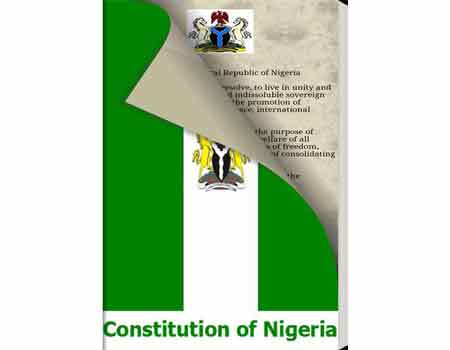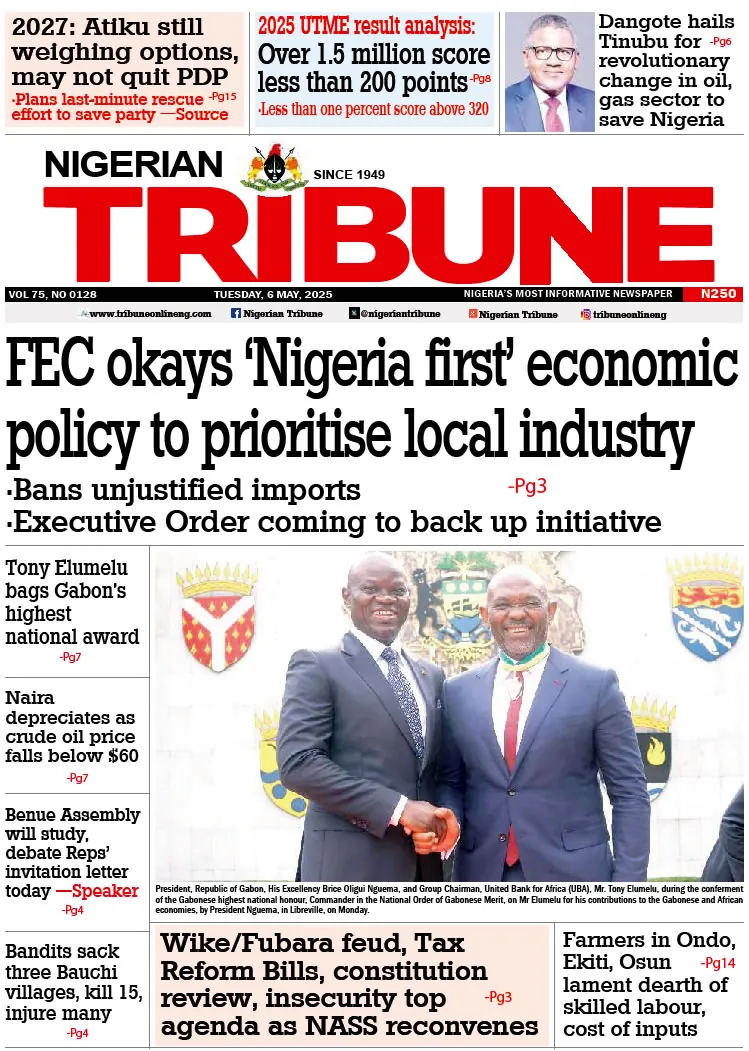Comparative historical analysis shows that under the NA system the north had 147 while the south had 215. As stated earlier with regards to the 1979 constitution, the north had 152 while the South was 150 but under the 1999 constitution, the north was awarded 413 as against 355 for the South. For instance, in 1979, the South East had 44, while the North West was 53, today the South East stands at 95 while the North West is 187. The old Anambra was 23 while old Kano was 20 but under the 1999 constitution, old Kano (now Kano 44 and Jigawa 27) is 71, a little less than the entire South East at 95. South West in 1979 was highest at 59, but now trails North-West at 137 to 187. The analysis under the 1999 Constitution, even by the tenuous indices of population and land mass, shows that the injustice is not just between the north and south but also intra- geopolital.
The Nigerian official population has proved to be a political award rather than a genuine headcount. The ridiculous situation in which by 1991 Lagos was higher than old Kano, but Kano even after the excision of Jigawa therefrom, now ranks higher than Lagos. With the addition of Jigawa, old Kano has an official population of over 13 million to Lagos’ 9 million, in spite of all parameters that make Lagos more attractive and probable. Yet for the purpose of our analysis, resort is made to the official figures as contained in Legal Notice S.I. No.5 of 2007 made pursuant to the constitution vol.3 CAP C23:425-501 Laws of the Federation 2010 as amended.
Ogun State, created since 1967, with a population of 3,728,098 and a land mass of 16,762 sq km has 20 LGAs, while Osun, created in 1991, with a lesser population of 3,423,536 and only 9,251 sqkm in size, is 30 LGA. The same is applicable to Ondo state which with a higher population of 3,441,024 and size of 15,500 sqkm stands at 18 while Lagos with 9,013, 354 is suffocated within 20 councils. Rivers with 5,185,400 population and 11,077 sqkm in size, is only 23 LGA, compared with smaller Akwa Ibom of 3,920,208 population and only 7,081sq km but curiously with 31 LGA. Delta which is also larger in terms of 4,098,391 population and 17,698 sq km is, compared with smaller Akwa Ibom, shortchanged with 25 LGA. The case of Kaduna State among the North Western states is most pathetic. It was the capital of the north, and has a population of 6,066,562 and trails only Kano and Lagos in the federation. It is the largest state in the north west with 46,053sq km but has only 23 LGA. Yet Katsina, which was carved out of mother Kaduna in 1991 with 5,792,578 population and only 24,192 sq km land area, is awarded 34 LGAs.
Jigawa, erstwhile district of Kano with a population of 4,348,649 and 23,154 sqkm land mass also stands taller than Kaduna at 27 LGA. Even if the Kano population is given, the disparity between 23 and 44 is not justifiable as regards Kaduna and Kano respectively. The situation in terms of inter-zonal analysis is also as illogical and unjust. Benue in North Central zone has an award of 23 LGA with its population of 4,219,244 and a size of 34,059sqm compared with Osun (30), Akwa Ibom 31, Jigawa 27. Bayelsa’s pathetic case is that of a whipping goose that lays the golden eggs. It has a population of 1,703,358 and size of 10,773sqkm. In population, it is almost same with Nasarawa 13, at a population of 1,863,275. In size, Bayelsa is bigger than Akwa Ibom and any of the South Eastern states, including Lagos and Osun in the South West. Yet only eight LGAs were unjustifiably conceded to this state which is among the 5 largest contributors to the federation account, others being Akwa Ibom, Rivers, Delta and Lagos.
Curiously, while Lagos and Kano have the same number of 40 members in their respective Houses of Assembly and 20 in the House of Representatives, it is illogical that one has 20 and the other 44 LGAs. Same is applicable between Ondo and Osun each of which has 26 Assembly members but arbitrary disparity in LGA of 18 to 30 respectively. The astronomical difference between the North and the South, between the geopolitical zones, or even among the states within the same geopolitical zones and the attendant justifiable agitations is expected in the light of the 20 per cent allocation to Local Government from the federation account under the 1999 constitution revenue allocation, unlike under the NA system which was self financed or the 1979 constitution where the Local Governments were not provided for in the revenue allocation formula. In spite of these glaring but most fundamental structural imbalances in our Local Government system, Nigerians are now deceitfully made to believe that a warped theory of Local Government autonomy offers a magical solution. To them, it is sufficient that the local governments directly receive their allocations from the federation account and have their elections conducted by INEC, all in the quest to remove the influence of the state governments.
- Ebiseni, a member of the 2014 National Confab, is a legal practitioner.






